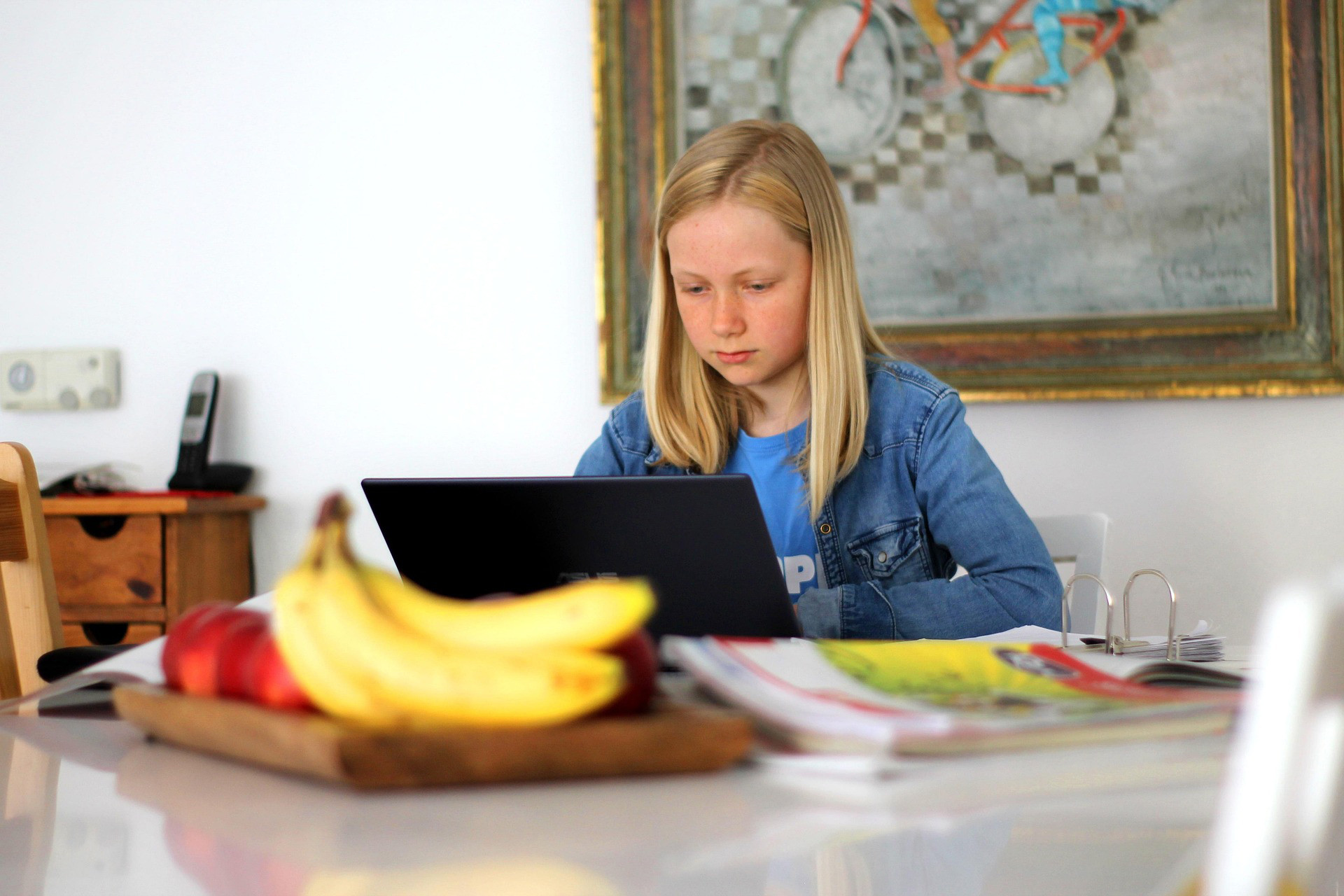Schools
22 February, 2025
Tips for kid’s online safety
With the rapid acceleration of digital weaponisation, the use of fake images being distributed online, and cyber-bullying, Kids Helpline is calling for the community to focus on the importance of ongoing education, especially children and young people.

Here are the top tips for parents, carers, teachers, or anyone involved in supporting young people from Kids Helpline:
Be curious. Ask your kids/teens about their experiences online. Ask them how they already manage their mental health online, or how they’ve already responded to tricky situations. (This gets them to critically think about their strengths and problem-solving skills). You can also talk through tricky scenarios and what they might do, e.g. how would they check if something was a scam or not?
Upskill together. Did you know that most sites and apps offer tools to keep young people safe – and these tools are constantly evolving? Together, check out some of the safety and security features each app/site they use offers – the eSafety Guide is a great place to start! https://www.esafety.gov.au/key-topics/esafety-guide.
When talking about risks, keep the conversation balanced. Focusing too much on ‘worst case scenarios’ can cause teens in particular to switch off. It’s important to talk about lower-level risks, as well as the positives of being online, as this will allow young people to feel safer discussing things openly. If you’re feeling stuck, some topics include: how they manage or ‘hack’ the algorithm, how they deal with conflict in group chats, who they follow to feel good about themselves, etc.
Have a ‘get out of jail free plan. Many teens who experience a ‘worst case scenario’ situation online don’t tell their parents due to feelings of shame, fear of their parents’ reactions, or getting their tech taken away. Instead, make a plan together about how your teen can trigger a ‘get out of jail free card’ to safely approach you in a crisis. Talk through what they can say and keep the focus on how you will work together to solve the problem and make sure everyone involved is safe. Give examples (and don’t be afraid to you use words or discuss topics that are a bit uncomfortable), e.g. “If you saw distressing pornography…” or “If a friend posted that they were suicidal”, etc. Discussing things explicitly like this stops it from being taboo and increases the chances of your young person seeking your help immediately, rather than delaying or trying to fix things themselves. (Please note: this doesn’t meant there won’t be consequences for them; rather you can involve your teen in determining consequences a few days later, once the issue itself is properly dealt with).
Explore help-seeking options. Let teens know about Kids Helpline and eSafety as safe, reputable places they can go to for information and support. (You can even visit the sites and check them out together). Kids Helpline is Australia’s only free and confidential, 24/7 online and phone counselling service for young people aged 5 – 25. Free call 1800 55 1800 or www.kidshelpline.com.au.

